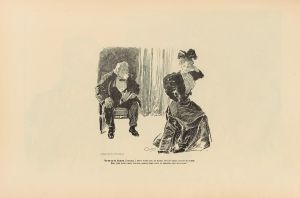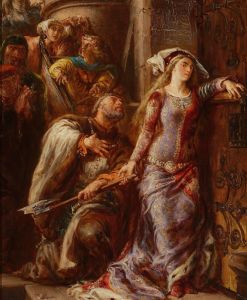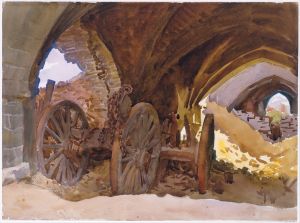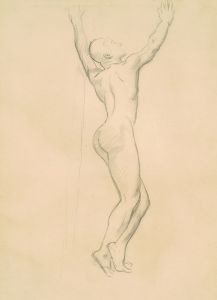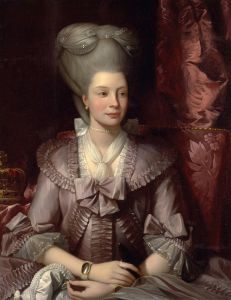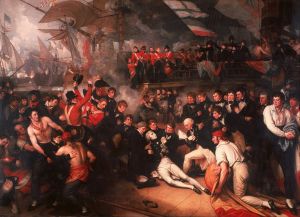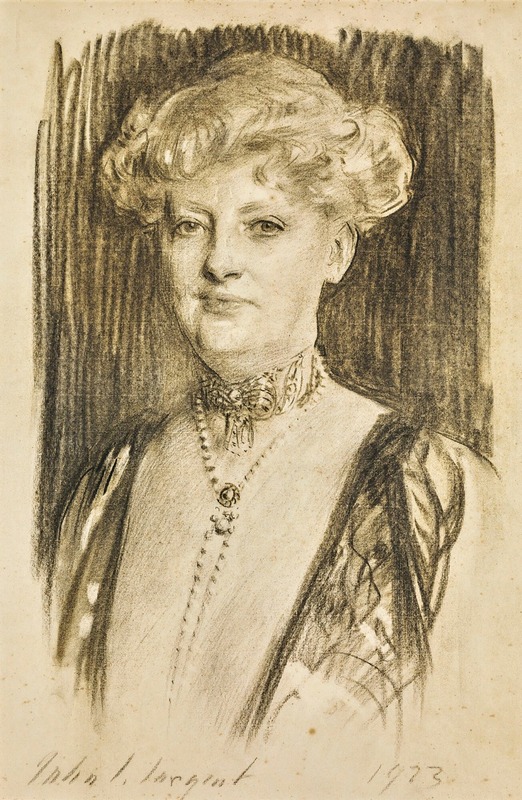
Alice, The 4th Marchioness Of Salisbury
A hand-painted replica of John Singer Sargent’s masterpiece Alice, The 4th Marchioness Of Salisbury, meticulously crafted by professional artists to capture the true essence of the original. Each piece is created with museum-quality canvas and rare mineral pigments, carefully painted by experienced artists with delicate brushstrokes and rich, layered colors to perfectly recreate the texture of the original artwork. Unlike machine-printed reproductions, this hand-painted version brings the painting to life, infused with the artist’s emotions and skill in every stroke. Whether for personal collection or home decoration, it instantly elevates the artistic atmosphere of any space.
Alice, The 4th Marchioness of Salisbury is a portrait painted by the renowned American artist John Singer Sargent. Sargent, known for his exceptional skill in capturing the likeness and personality of his subjects, painted this work in the late 19th or early 20th century. The painting depicts Alice, the wife of James Gascoyne-Cecil, the 4th Marquess of Salisbury, a prominent British statesman who served as Prime Minister of the United Kingdom three times during the late 19th and early 20th centuries.
Alice, born Alice Esther Louisa Grosvenor in 1848, was a member of the influential Grosvenor family. She married James Gascoyne-Cecil in 1867, becoming the Marchioness of Salisbury. The couple had several children, and Alice played a significant role in supporting her husband's political career, which was marked by his leadership in the Conservative Party and his tenure as Prime Minister.
John Singer Sargent, born in 1856, was one of the leading portrait artists of his time. He was known for his ability to capture the essence of his subjects with a combination of realism and impressionistic flair. Sargent's portraits were highly sought after by the elite of society, and he painted many notable figures of his era. His work is characterized by its exquisite detail, masterful use of light and shadow, and the ability to convey the personality and status of his sitters.
The portrait of Alice, The 4th Marchioness of Salisbury, exemplifies Sargent's skill in portraiture. In this painting, Alice is depicted with an air of elegance and poise, reflecting her status as a member of the British aristocracy. Sargent's use of color and light highlights her refined features and the luxurious fabric of her attire, capturing both her beauty and her social standing.
The painting is part of Sargent's extensive body of work, which includes portraits, landscapes, and murals. His portraits, in particular, are celebrated for their psychological depth and technical brilliance. Sargent's ability to capture the character and dignity of his subjects made him one of the most sought-after portraitists of his time.
Alice, The 4th Marchioness of Salisbury, remains an important example of Sargent's work and a testament to his skill as a portrait artist. The painting not only captures the likeness of Alice but also serves as a historical document, providing insight into the fashion, culture, and social dynamics of the British aristocracy during the period in which it was painted.
Today, John Singer Sargent's works are held in high esteem and can be found in major art museums and collections around the world. His portraits continue to be studied and admired for their artistic merit and their ability to convey the complexities of human character and social status. The portrait of Alice, The 4th Marchioness of Salisbury, is a fine example of Sargent's contribution to the art of portraiture and his enduring legacy as one of the great artists of his time.






